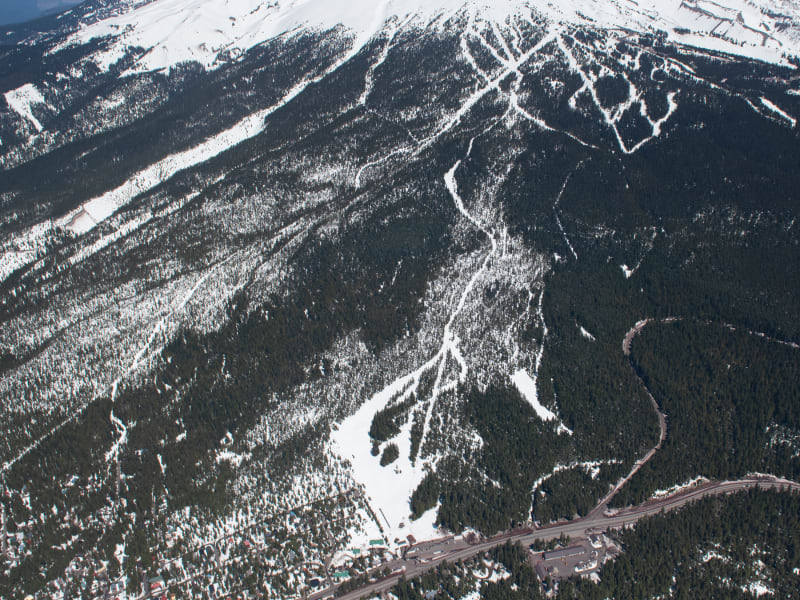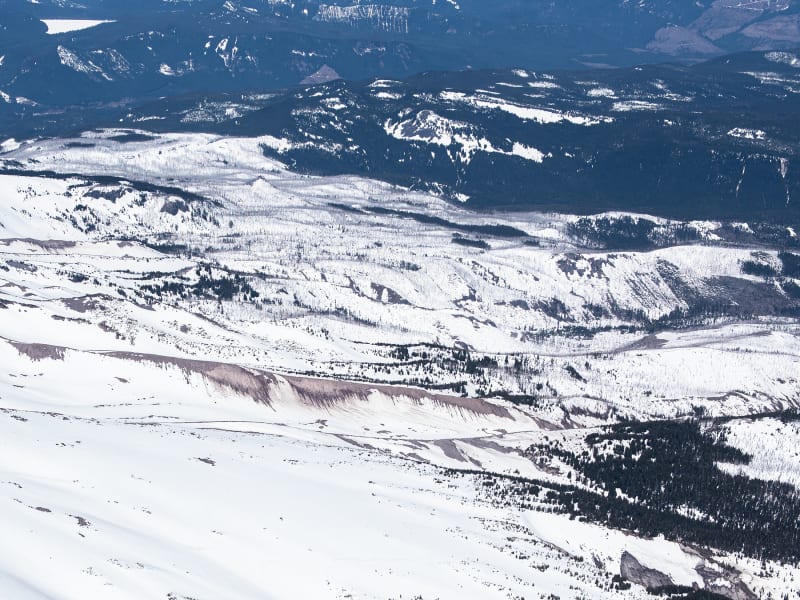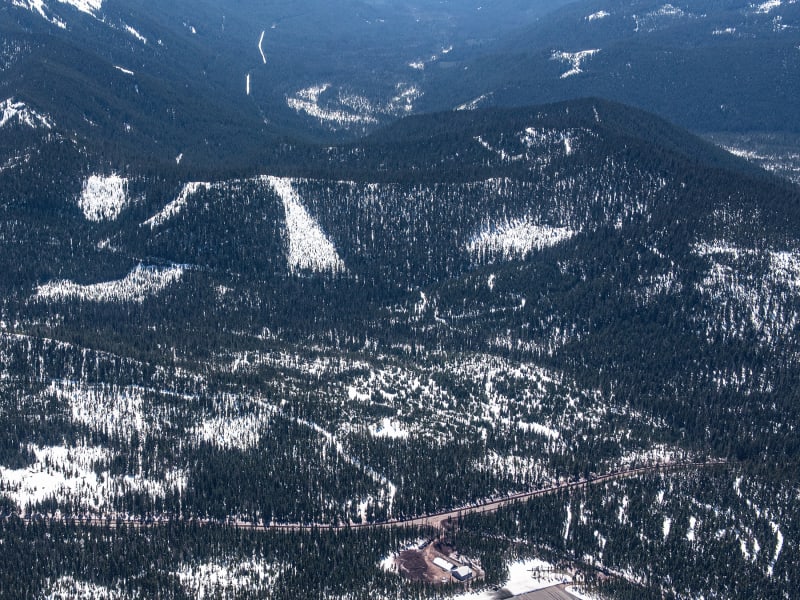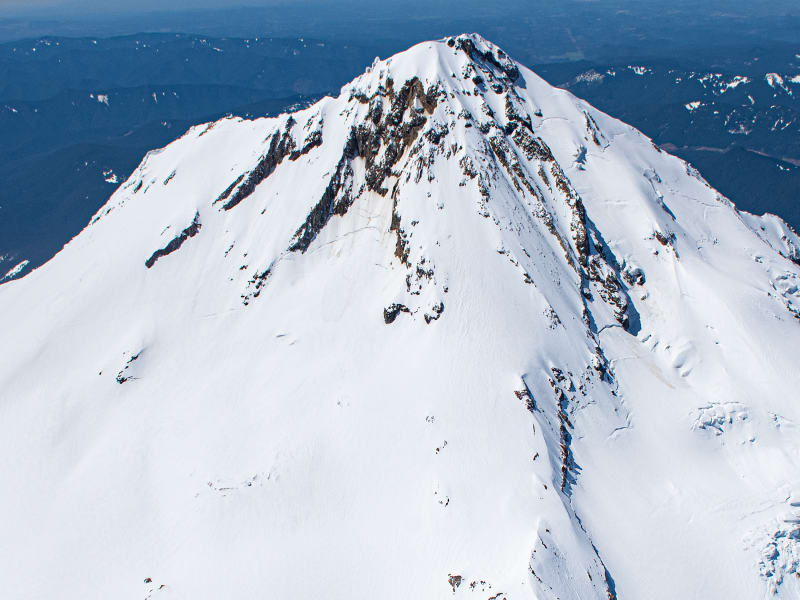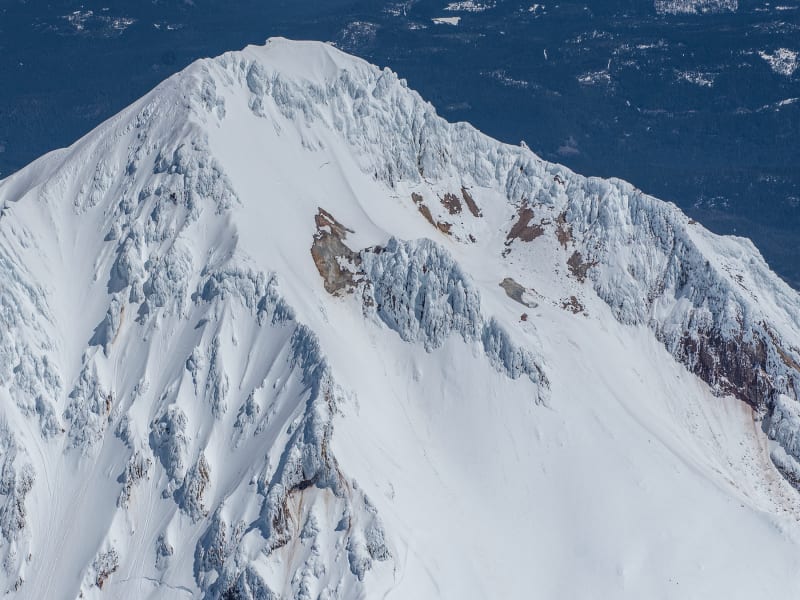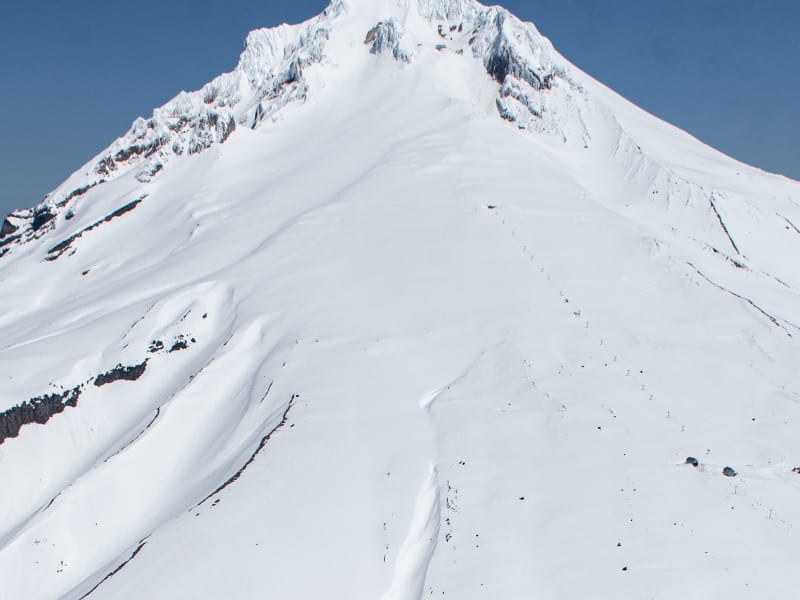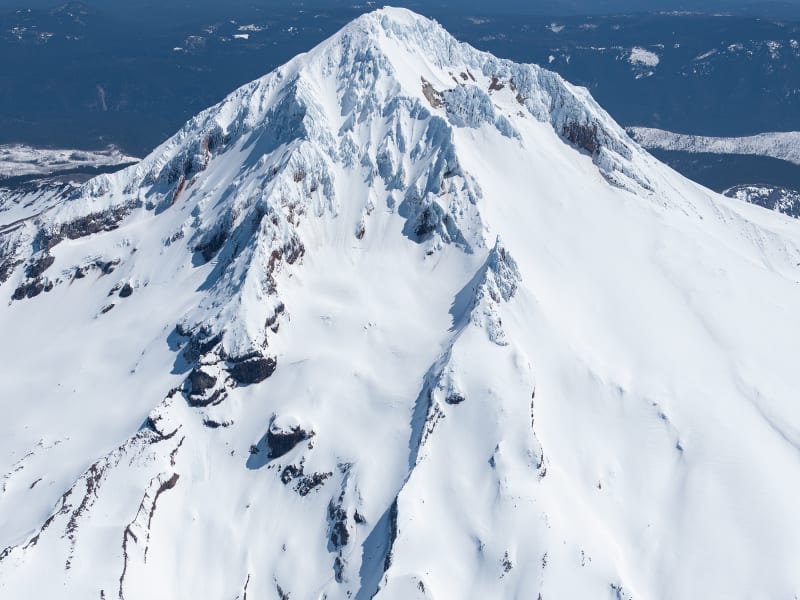Mount Hood
Beacon Guidebooks has partnered with onX Backcountry. Find guidebook quality content for backcountry adventures in Mount Hood. Mount Hood has 19 zones to explore and 105 routes.
Total Zones
19
Publisher
Beacon Guidebooks
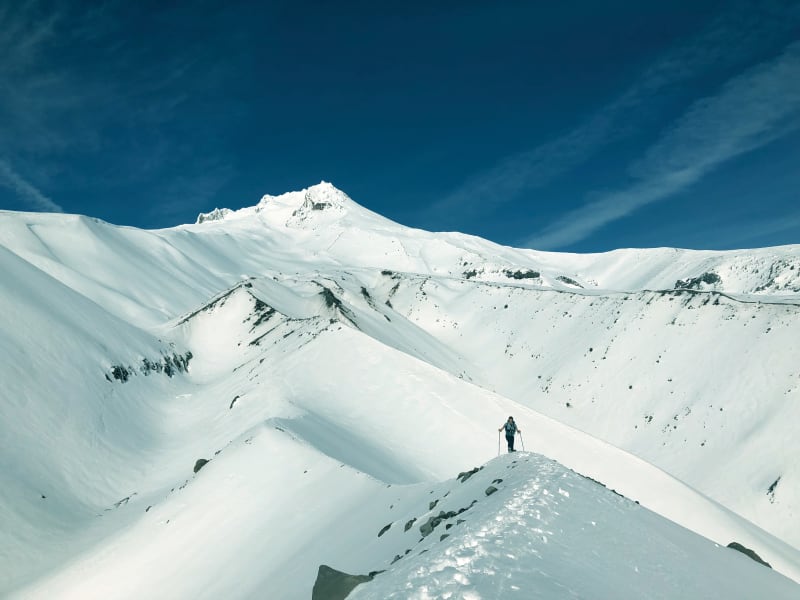
Mount Hood Overview
Mount Hood has captivated the imaginations of many in the Pacific Northwest for centuries. Named for a British admiral in the late 1700s, its native name has been lost to history. Lewis and Clark labeled Hood “stupendous” as they returned east on their epic journey, and that assessment rings true today. The first recorded ascent of Mt. Hood occurred in the 1850s, and the history of skiing on the mountain started with people on long wooden skis using them for transportation. The first recorded ski descent of the south side occurred in the 1920s, and skiing and mountaineering on Hood have been intertwined ever since. With the opening of Timberline Lodge in 1937, skiing on the mountain exploded in popularity. Mount Hood became renowned for backcountry skiing when Sylvain Saudan descended Newton-Clark Headwall on the east side of the mountain in 1971, a descent that heralded the arrival of “extreme skiing” in America. Backcountry skiing and riding has always been relatively popular on the mountain, as a stable snowpack and long season entice locals and tourists alike. As backcountry use has grown quickly in the past few years, Mount Hood remains a sought after destination for those looking for ski mountaineering descents, glaciers and hopefully - powder. The author and publisher acknowledge that the land surrounding Mount Hood lies within the ancestral territories of several Native American tribes including the Multnomah, Wasco, Confederated Tribes of Warm Springs, Confederated Tribes of Grand Ronde, and the Confederated Tribes of the Yakama Nation, who have looked upon and lived on this mountain for thousands of years.
Zones Covered
- Alpine Trail Approach
- Glade Trail Ascent
- Timberline Uphill Route
- Glade Trail
- Alpine Trail
- Approach from Elk Cove
- Approach from Vista Ridge
- Upper Barrett Spur
- Barrett Spur Main Face
- June's Run
- Barrett Spur Exit
- Bennett Pass Approach
- First Glade
- Second Glade
- Third Glade
- Bennett Pass Exit
- Approach from Timberline
- Approach from Tilly Jane
- Approach from Cloud Cap
- Cooper Spur Summit Descent
- Standard Ascent
- Pearly Gates Ascent
- Old Chute Ascent
- Hogsback
- Pearly Gates
- Old Chute
- West Crater Rim
- West Crater Rim Lower Descent
- Crater Rock Ascent
- Illumination Traverse
- Zigzag Glacier
- Triangle Moraine
- Uppper Zigzag Glacier
- Lower Zigzag Glacier
- Approach from Crater Rim
- Leuthold Couloir
- Reid Headwall Descents
- Reid Exit
